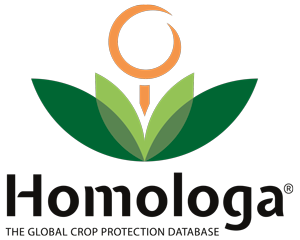Chlorpyrifos and methyl-chlorpyrifos are insecticide organophosphates launched by Dow-agriscience in the 60´s and 80´s respectively.
Several countries and regions have recently banned or restricted them. The European Food and Safety Agency (EFSA) found evidence that chlorpyrifos decreases cerebellum height in rats. This evidence raised concerns related to developmental neurological outcomes in children.
The Californian Scientific Review Panel on Toxic Air Contaminants reached a similar conclusion saying that chlorpyrifos acts as a developmental neurotoxin in children and sensitive populations.
As a consequence, the European Union lowered both chlorpyrifos and chlorpyrifos-methyl MRL to its limit of detection (LOD) in November 2020 and California ended the use of chlorpyrifos in December 2020.
The European Union MRL at the LOD, also implies that chlorpyriphos cannot be used in those countries growing agricultural commodities intended to be exported to the EU.
Thus, identifying alternatives to chlorpyrifos is key at the global level. This fact is particularly important in those pests that have developed some level of pesticide resistance to other actives. Homologa® stands out as a global crop protection solution since the database is a perfect tool which helps to find which pests remain problematic after chlorpyrifos phases out.
For instance, while using Homologa® to find data related to Delottococcus aberiae a mealybug that causes fruit distortions in Spanish citrus, it turns out that it has a quite limited control alternatives to chlorpyrifos. In fact, for the time being, its control relies on acetamiprid and paraffin-oil since biological fight has a limited efficiency. Therefore, at this moment, since paraffin-oil is not totally effective, only one mode of action coming from acetamiprid seems to be working: mode of action no. 4.
Finding which pests are prone to develop resistance to pesticides is essential while identifying alternatives before this resistance develops. On this regard, Homologa® database also keeps record of modes of action (MoA) for each active ingredient established by international committees (IRAC, FRAC and HRAC).
Please visit Homologa® or contact us for further information.

